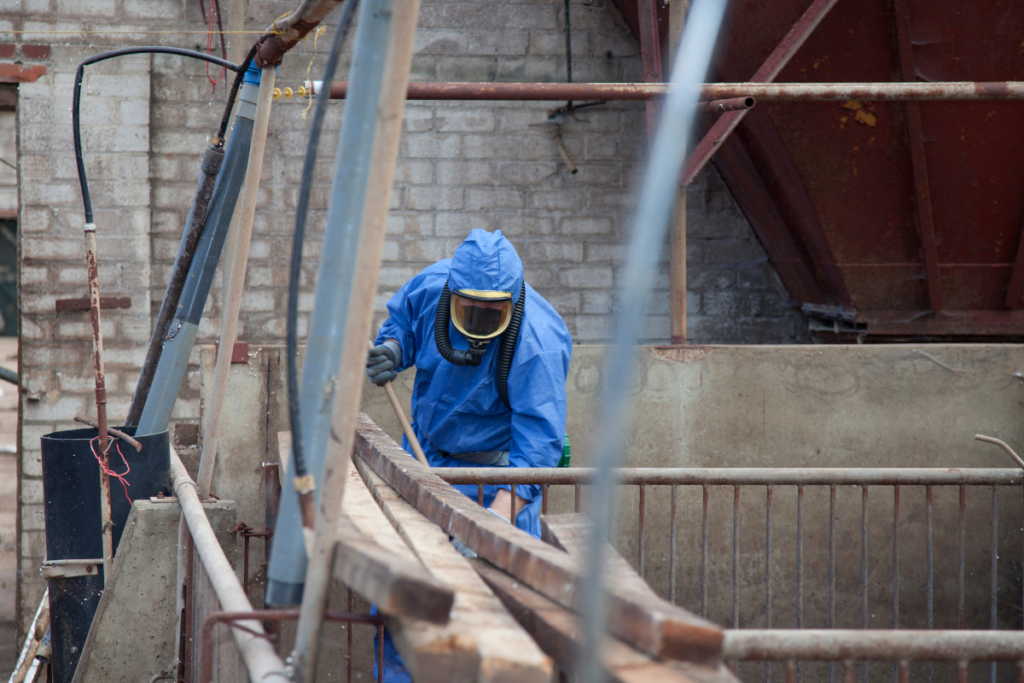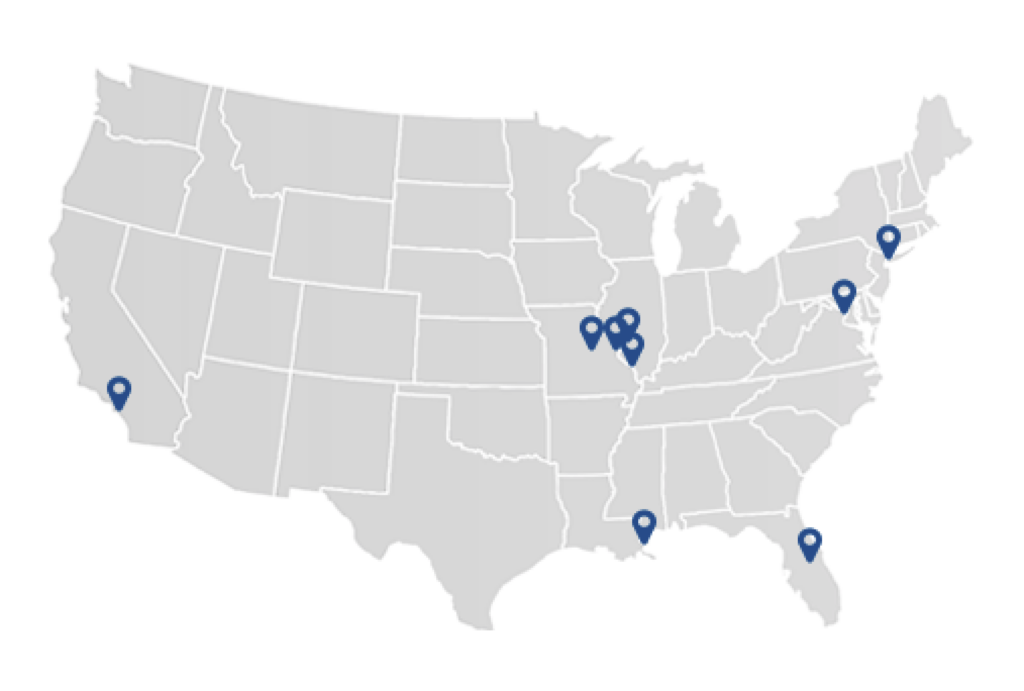
One of the problems with older buildings is that they often contain products made with asbestos. The Environmental Protection Agency (EPA) says these products are safe so long as they remain in good condition. But as the buildings age, their asbestos-laden materials can start to wear and break down. Their fibers can get loose into the air where people may inhale them. As a result, it is important to detect and deal with these damaged products.
Still, the work done to remove the asbestos-laden materials can present its own risks. If products can release asbestos fibers into the air as they break down slowly, how much more likely are they to release fibers when they’re smashed or ripped apart? It’s natural for people to wonder if it’s safe for them to spend time in buildings where others are removing asbestos.
Asbestos removal presents manageable risks
Notably, there are different standards for asbestos removal in public buildings and private residences. The EPA oversees the federal rules for public buildings, but it does not watch over private residences. Homeowners will want to check, however, to make sure they follow any local state or municipal rules.
Meanwhile, the Occupational Safety and Health Administration (OSHA) oversees the rules for professional asbestos removal. Again, it does not set rules for homeowners conducting their own work.
As a result, the first thing to consider is that if you’re looking at asbestos removal in your own home, you might want to contact a professional. But when you’re looking at removal in a public building like your workplace, other people should already be taking several mandated steps to ensure your safety:
- Mandatory asbestos testing
- Hiring certified asbestos professionals
- Securing the work site to stop the spread of asbestos
- Using signs to warn people away from the contained area
- Wetting materials to limit airborne fibers
- Using portable power tools with special filters
- Meeting all standards for cleanup and disposal
When building owners and workers follow the rules, you should be safe to work elsewhere in the building. The work sites are carefully contained by physical barriers like plastic sheets and plywood, as well as specialized air filters. Before the workers depart, they vacuum any loose fibers with specialized vacuums and then seal them away before discarding them in safe locations according to the law.
What happens when asbestos workers don’t follow the rules?
Unfortunately, building owners and asbestos workers sometimes break the rules. Perhaps, they don’t know better. Perhaps, they’re just hoping to save time and money. Either way, when they do this, they can put people’s lives at risk.
Every so often, you’ll find a story about workers getting caught after breaking the rules for asbestos removal. They might not secure the work site, dump the materials illegally or ignore any of the other standards they should follow. When this happens, the building owners or contractors may face some fines, or possibly even criminal charges. But if you’re affected, you may face an even more serious consequence. As the EPA notes, there is no safe level of asbestos exposure. Even a few days of exposure could lead to the onset of mesothelioma in later years.
Ask questions to protect yourself and your family
If you see asbestos work near you, you can ask a few questions to make sure everyone is treating it with the respect and attention it deserves. The building owner should have tested for asbestos. The workers should be certified for asbestos work. If you can learn that everyone is handling the matter as they should, you might feel more comfortable about your safety.


